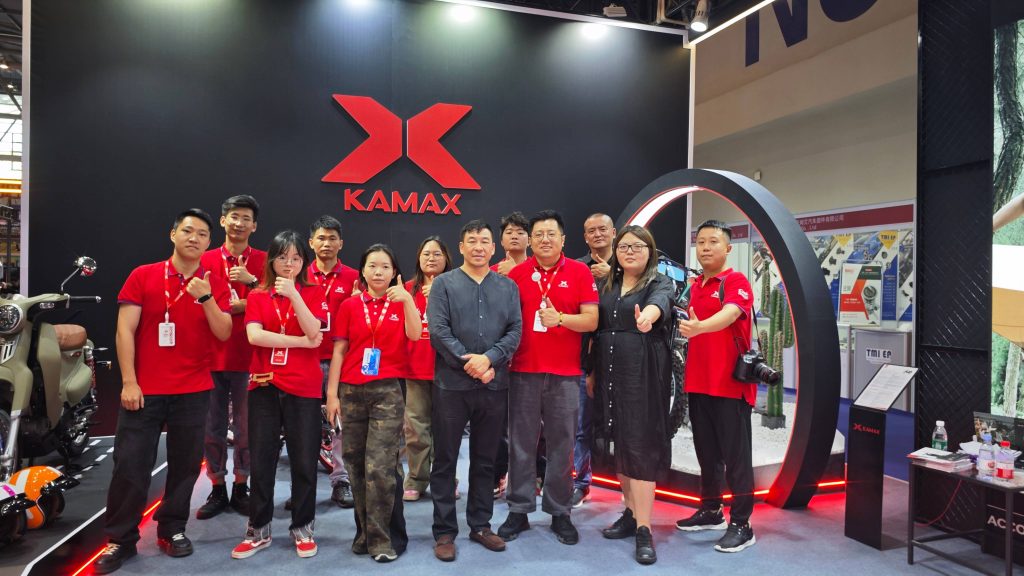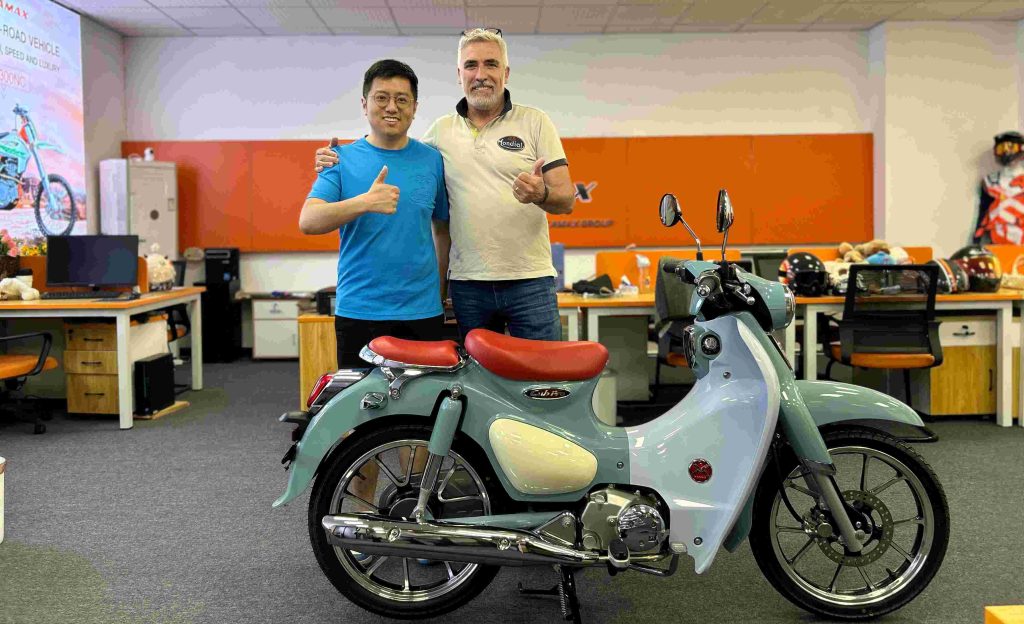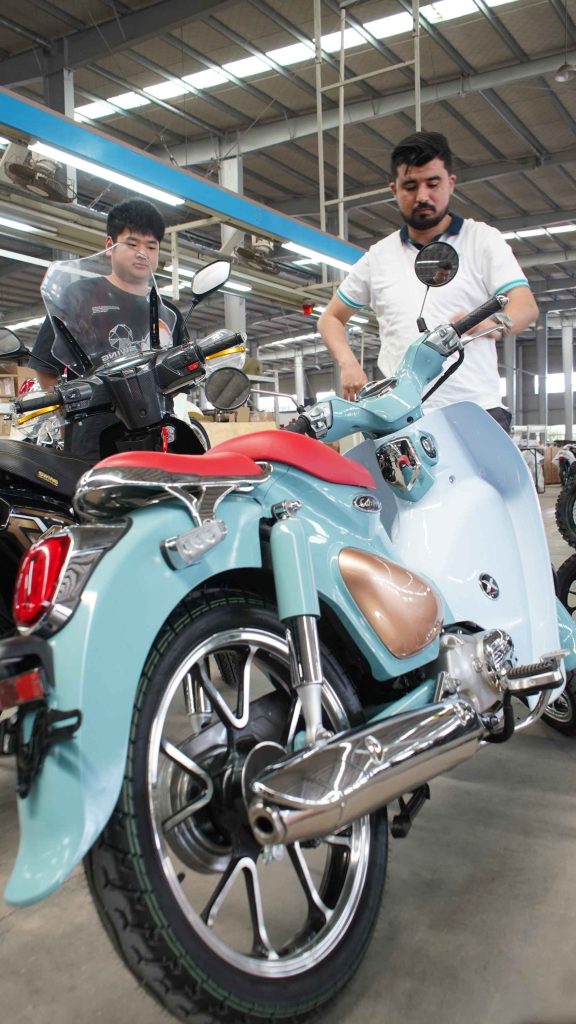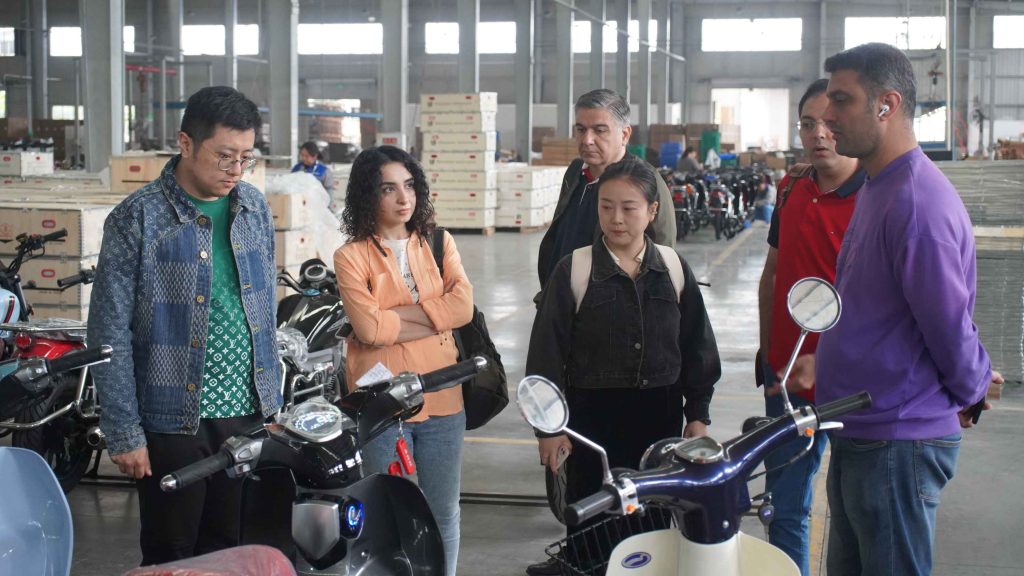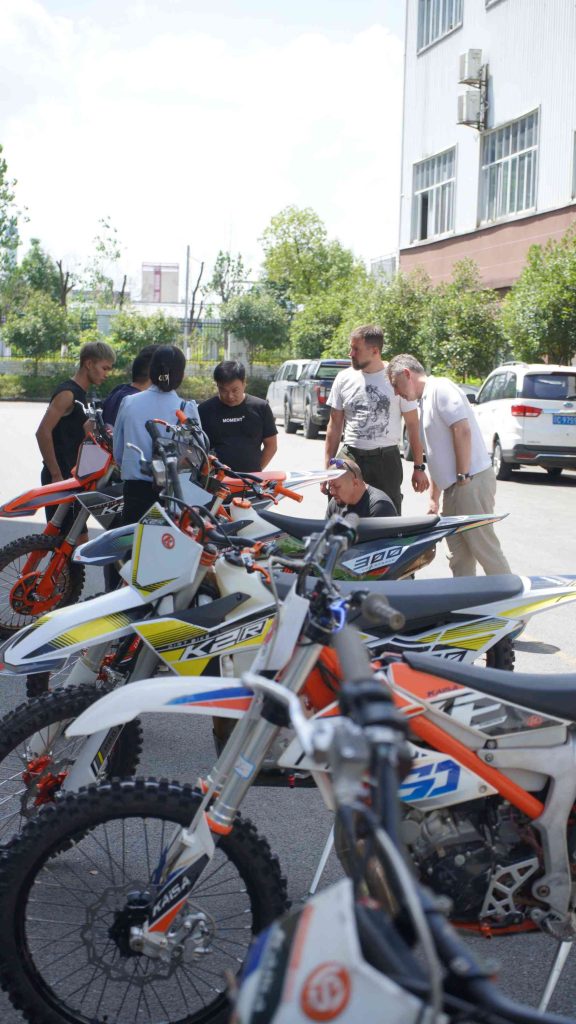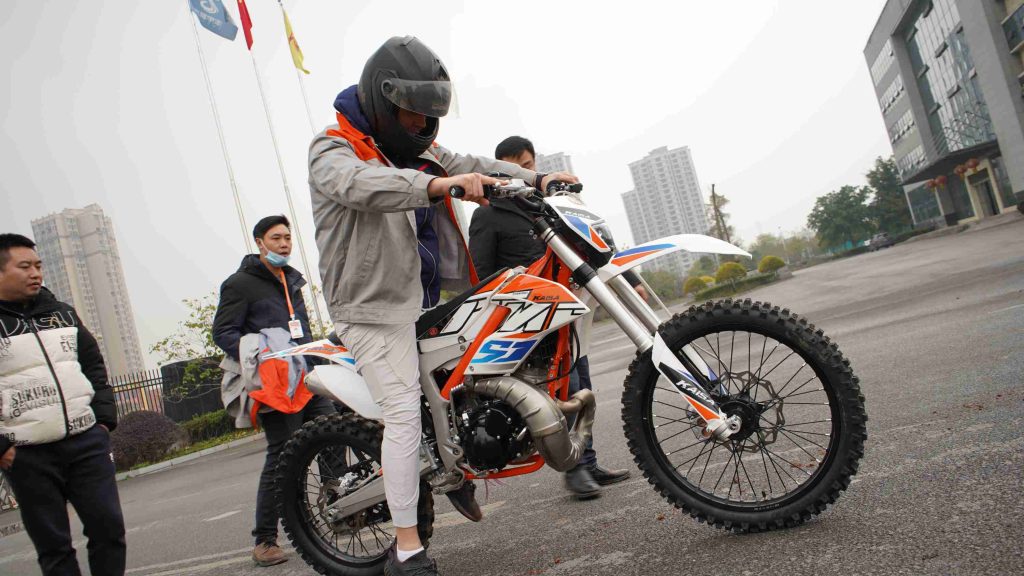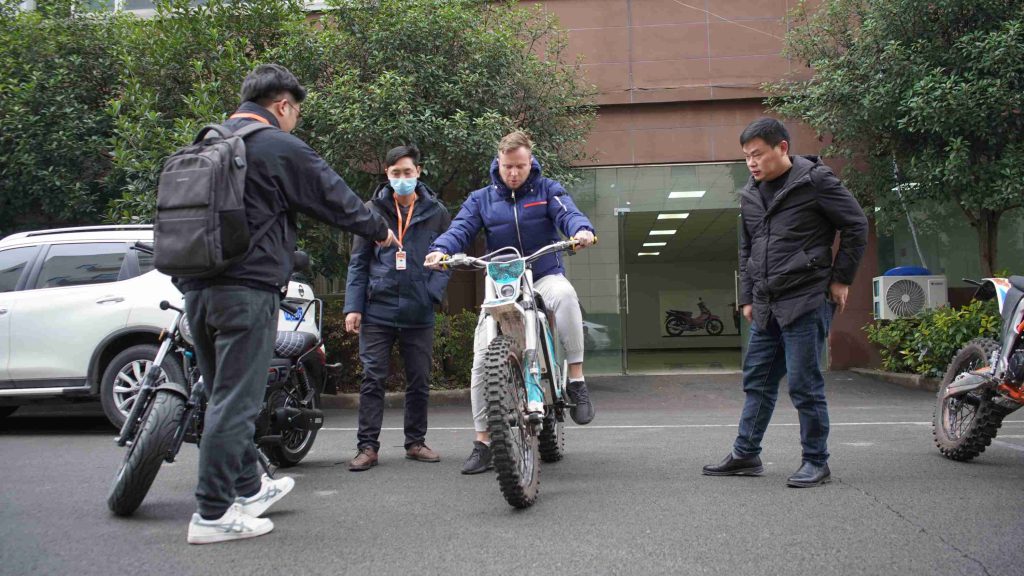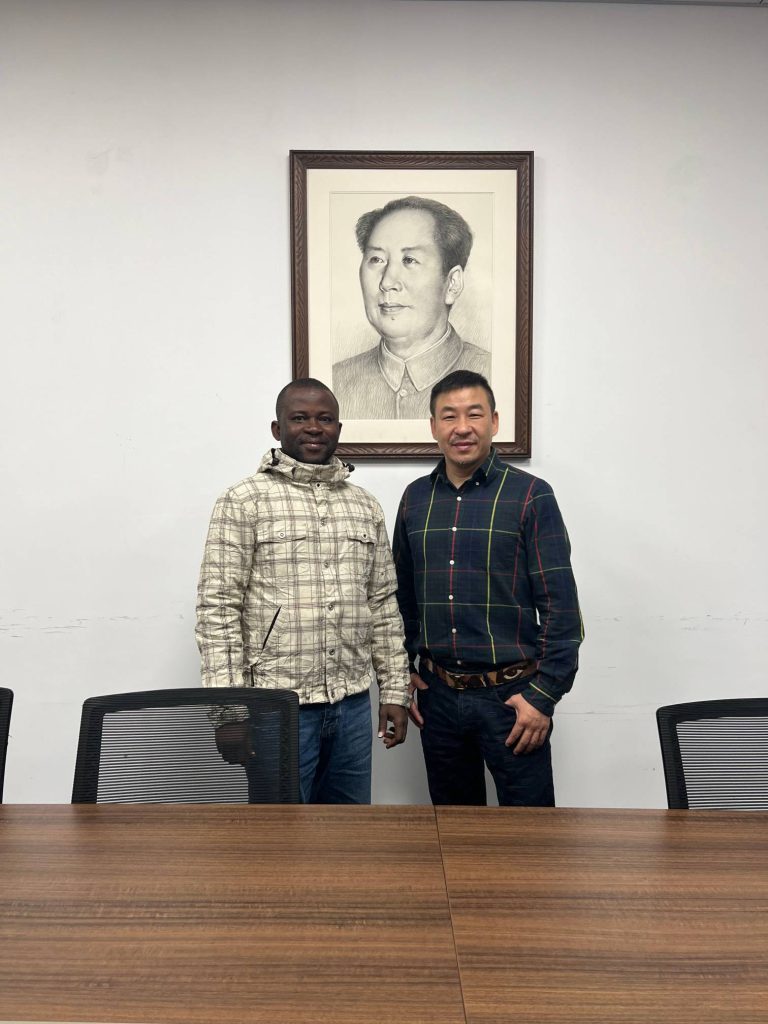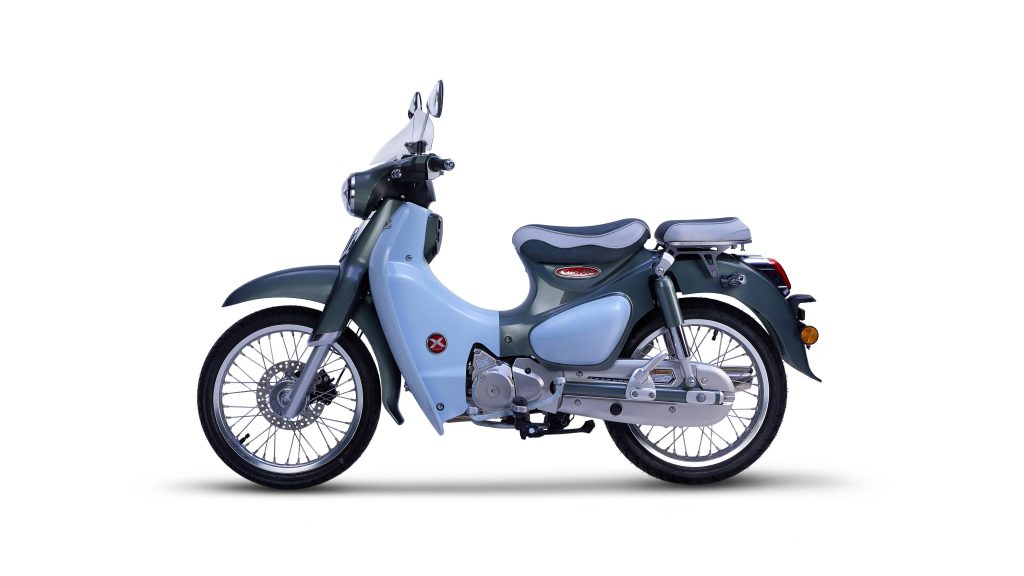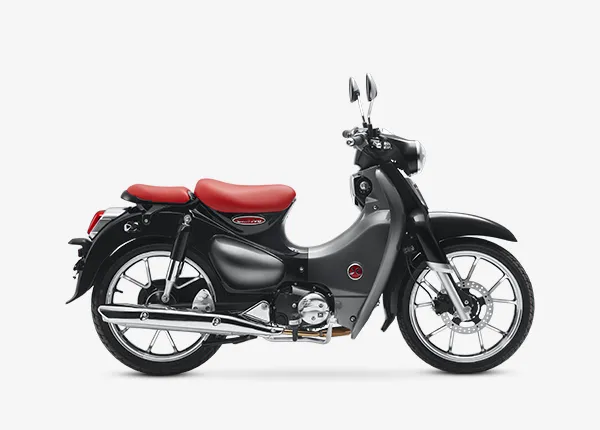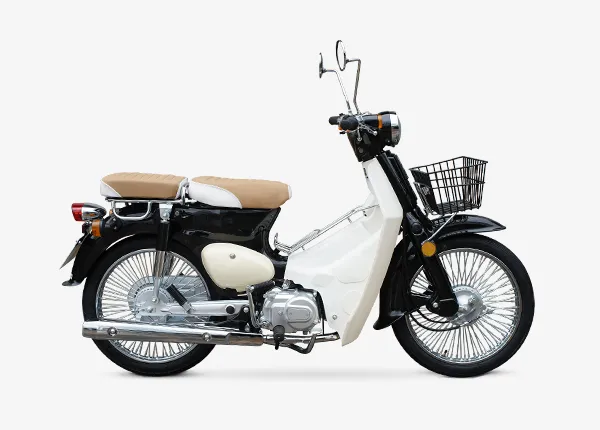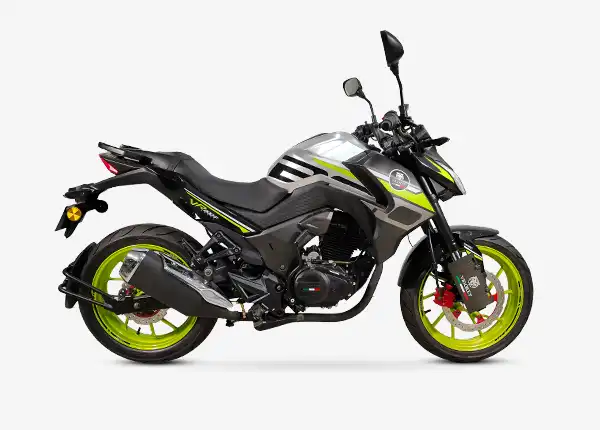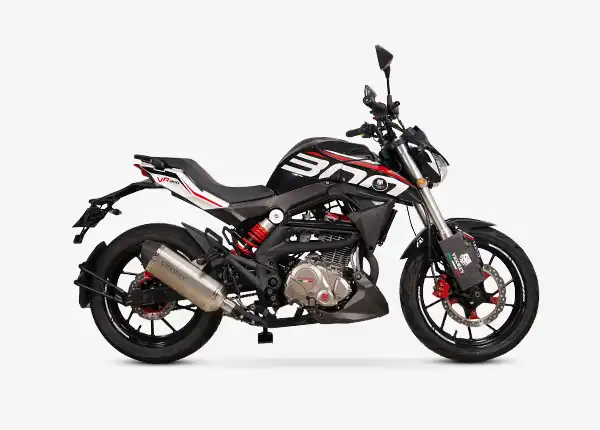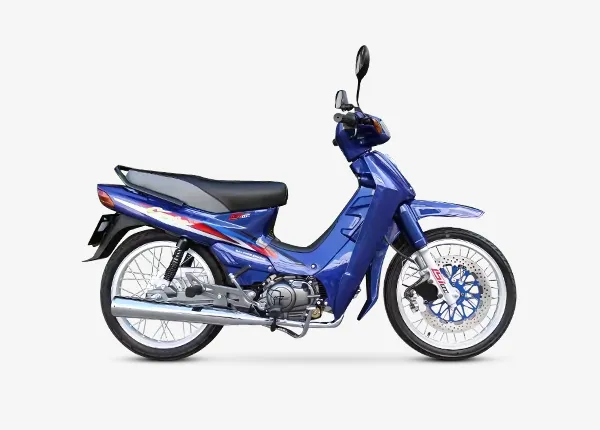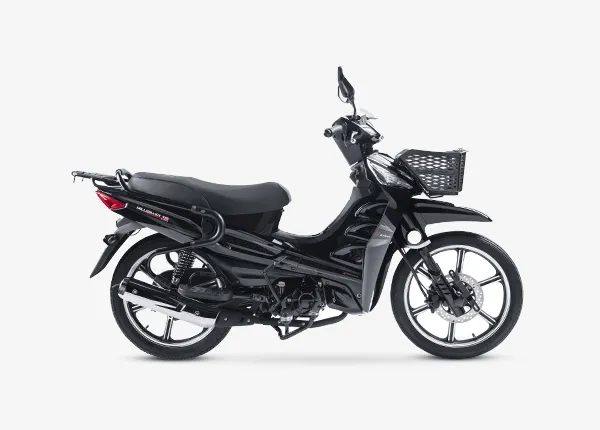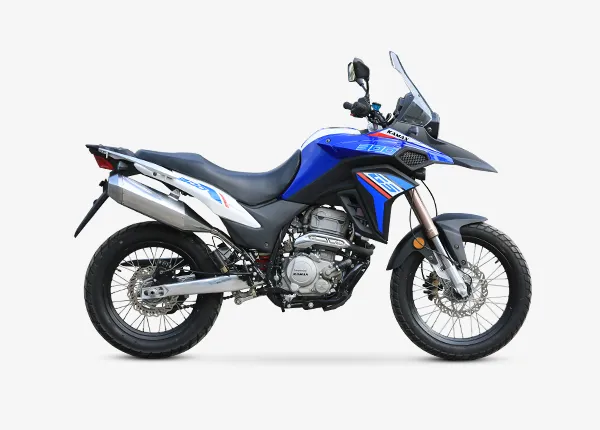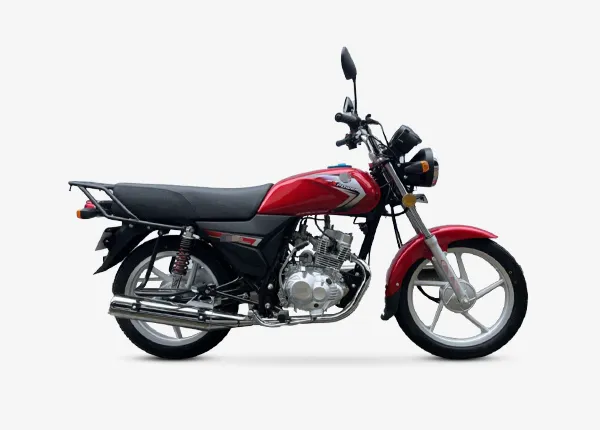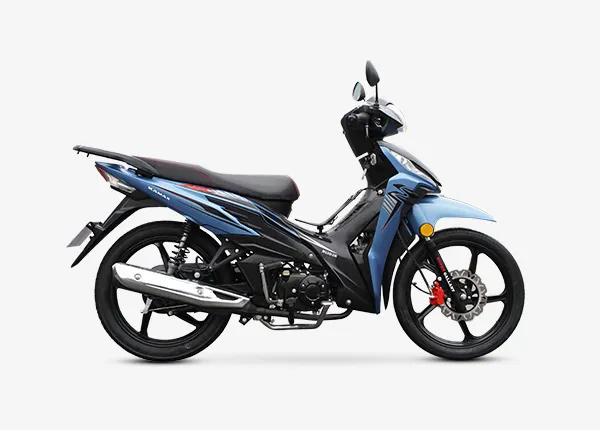Importing motorcycles from China can be a lucrative venture for entrepreneurs and motorcycle enthusiasts alike. China’s robust manufacturing industry offers an extensive range of motorcycles at competitive prices. However, navigating the import process can be complex and challenging, requiring careful planning and attention to detail. This guide provides a detailed overview of the essential steps, key considerations, and practical tips to successfully import motorcycles from China.
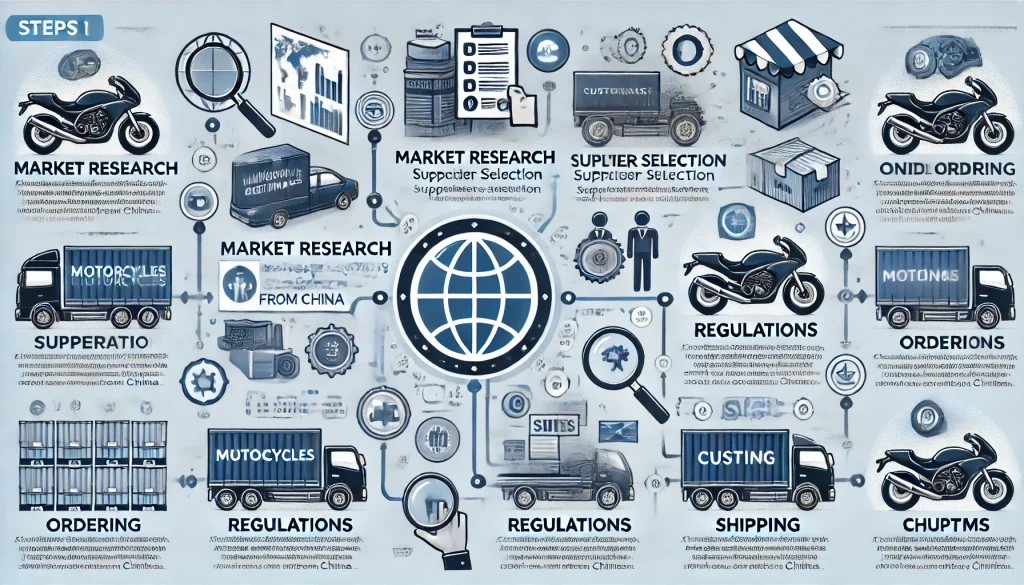
Understanding the Market
Before diving into the import process, it’s crucial to understand the motorcycle market in your region. Conduct thorough market research to identify the types of motorcycles that are popular, their price ranges, and any local regulations that may impact your import. Consider the following aspects:
- Market Trends: Identify which types of motorcycles are gaining popularity, such as electric bikes, cruisers, or off-road models. Analyzing trends can give you insight into which models to prioritize.
- Pricing: Compare local market prices with those of potential imports to determine your profit margin. Understanding the competitive landscape helps you position your offerings effectively.
- Consumer Preferences: Gather insights on consumer preferences regarding brands, features, and design. Surveys or focus groups can provide valuable data that can influence your buying decisions.
- Seasonal Demand: Consider how seasonal changes affect motorcycle sales. For instance, demand may spike in the spring and summer months, so timing your imports to align with these seasons can enhance sales.
Steps to Import Motorcycles from China
Step 1: Research and Select Suppliers
Finding reliable motorcycle manufacturers or suppliers is the first crucial step in the import process. Here are some specific channels to consider:
- Google Search: Use keywords such as “motorcycle factory China”, “Chinese motorcycle manufacturer”, “motorcycle supplier” and other keywords to search Google to find a large amount of relevant manufacturer and factory information.
- Alibaba: One of the largest global trade platforms where you can find numerous motorcycle manufacturers. You can filter suppliers based on ratings, reviews, and transaction history.
- Global Sources: A B2B marketplace that connects buyers with verified suppliers in China, particularly in electronics and motorcycles. Their website often features industry-specific trade shows.
- Made-in-China: This platform specializes in connecting international buyers with Chinese manufacturers. You can find detailed supplier profiles, product catalogs, and contact information.
- China Manufacturer Directory: This directory lists manufacturers in various categories, including motorcycles, and provides their contact details.
- Trade Shows: Participating in trade shows such as the China International Motorcycle Trade Exhibition (CIMAMotor) allows you to network with manufacturers and see products firsthand. Attending trade shows also helps you understand industry trends and innovations.
When selecting suppliers, consider their production capacity, quality control measures, and responsiveness. Contact multiple suppliers to compare quotes, terms, and lead times.
Tip: Request samples whenever possible to assess the quality of the motorcycles before placing a bulk order. Look for reviews from previous buyers regarding the sample’s quality and supplier reliability.
Step 2: Verify Supplier Credentials
Once you have shortlisted potential suppliers, it’s essential to verify their credentials to ensure reliability. This includes checking their business licenses, quality certifications, and customer references. Conducting due diligence is crucial to avoid scams or subpar products. Here are some tools for verification:
- Credit Report Services: Websites like Dun & Bradstreet can provide credit reports on Chinese companies to assess their financial stability and business practices.
- Third-Party Inspection Services: Companies like SGS, Bureau Veritas, or Intertek can conduct factory audits and product inspections to ensure compliance with quality standards. These services often include detailed reports on manufacturing processes.
- Supplier Audits: If feasible, conduct an on-site visit to the manufacturing facility to assess their operations and capabilities. This also allows you to establish a personal relationship with the supplier.
- References and Reviews: Ask for references from past clients and check online reviews to get insights into the supplier’s reputation. Look for feedback regarding their communication, quality, and delivery times.
Step 3: Understand Import Regulations
Familiarizing yourself with the import regulations in your country regarding motorcycles is critical. This may include safety standards, emission regulations, and customs duties. For instance, in the United States, motorcycles must comply with Environmental Protection Agency (EPA) emissions standards and Department of Transportation (DOT) safety regulations. Here are some actions to take:
- Consult Local Authorities: Contact your local customs office to get detailed information on import requirements and restrictions for motorcycles. They can provide specific guidelines based on your location.
- Research Import Tariffs: Check the tariff classification and duty rates for motorcycles to understand the costs involved. Websites like the World Trade Organization (WTO) or local trade organizations can provide relevant data.
- Obtain Necessary Certifications: Ensure that the motorcycles meet local compliance requirements. This may include obtaining certificates of conformity or safety standards. Familiarize yourself with the documentation required for registration in your area.
Step 4: Place Your Order
Once you have selected a reliable supplier and understood the regulations, you can proceed to place your order. Here are some considerations:
- Negotiate Terms: Discuss pricing, payment methods, delivery timelines, and any after-sales support. Be clear about warranty conditions and what is covered.
- Payment Methods: Most suppliers will require a deposit upfront, typically around 30%, with the balance due before shipping. Secure payment methods, such as PayPal or letters of credit, can provide additional protection.
- Purchase Agreement: Draft a purchase agreement outlining all terms, conditions, and specifications. This document can protect both parties in case of disputes. Ensure that it covers aspects like delivery schedules, penalties for late delivery, and quality expectations.
Step 5: Arrange Shipping and Logistics
After placing your order, you need to arrange for shipping. The choice between air freight and sea freight will depend on your budget and time constraints. Here are some logistics companies you can consider:
- DHL: Offers air freight services for smaller shipments, providing faster delivery times.
- Maersk: A leading global shipping company that provides reliable sea freight services, ideal for larger shipments.
- Sinotrans: A Chinese logistics company specializing in international shipping and customs clearance. They have extensive experience in handling motorcycle imports.
- Freight Forwarders: Hiring a freight forwarder can help simplify the logistics process. They can manage shipping, customs clearance, and delivery to your location. Look for freight forwarders with experience in motorcycle shipments to ensure they understand the specific requirements.
Tip: When choosing shipping options, consider factors like insurance, delivery time, and costs. Ensure that your motorcycles are adequately packaged to prevent damage during transit.
Step 6: Customs Clearance
Once your shipment arrives, it must go through customs clearance. Prepare all necessary documentation, including:
- Bill of Lading: A document issued by the shipping company confirming the receipt of the cargo. This is essential for tracking the shipment.
- Commercial Invoice: A detailed invoice that includes the value of the goods, quantity, and terms of sale. This document helps customs determine duties and taxes.
- Import Declaration: A formal declaration submitted to customs authorities detailing the shipment.
- Certificates of Origin and Compliance: Documents that certify the country of origin and compliance with local regulations. Some regions may require additional testing or certifications, especially for safety standards.
Working with a customs broker can simplify the process, as they can handle the paperwork and ensure compliance with all regulations. They can also help you navigate any challenges that arise during clearance.
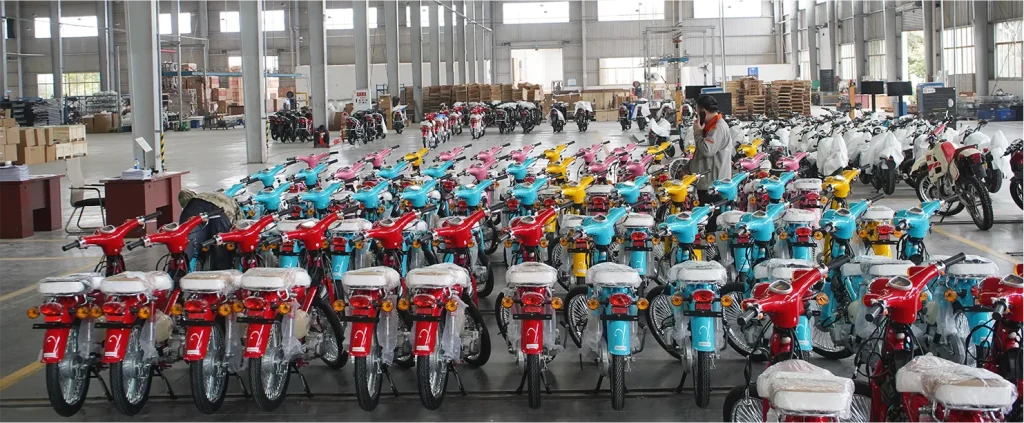
Step 7: Receive Your Motorcycles
After clearing customs, arrange for the motorcycles to be transported to your location. Inspect the motorcycles upon arrival to ensure they are in good condition and match your order specifications. Conduct a thorough inspection, checking for:
- Physical Damage: Look for any signs of damage during transit. Document any issues and contact the supplier or freight forwarder immediately.
- Functionality: Test the motorcycles to ensure they operate as expected. Verify that all components are functioning correctly.
- Documentation: Ensure you have all necessary paperwork for registration and compliance. This includes any import permits or licenses required by local authorities.
Step 8: Market and Sell
With your motorcycles in hand, it’s time to market and sell them. Utilize various channels to reach potential customers:
- Online Marketplaces: List your motorcycles on platforms like eBay Motors, Cycle Trader, or Facebook Marketplace to reach a broader audience. Take high-quality photos and provide detailed descriptions to attract buyers.
- Social Media: Leverage social media platforms like Instagram, TikTok, Youtube,and Facebook to showcase your motorcycles, share customer testimonials, and run promotions. Consider creating engaging content, such as videos demonstrating motorcycle features and performance.
- Local Dealerships: Consider partnering with local dealerships or setting up a retail location to sell your motorcycles. This can increase your reach and provide additional sales opportunities.
- Motorcycle Shows and Events: Attend motorcycle shows and events to showcase your products, network with potential buyers, and increase brand visibility. Participating in local events can help you connect with enthusiasts and potential customers.
Highlight the unique features of your motorcycles and consider promotional offers to attract buyers, such as financing options or seasonal discounts. Building a strong online presence and engaging with your customer base will enhance your sales efforts.
Key Considerations
- Payment Methods: Always use secure payment methods like PayPal, bank transfers, or escrow services to protect your transactions. Avoid unverified payment methods that may expose you to fraud.
- Insurance: Consider insuring your shipment to cover potential losses during transport. Companies like Allianz and AIG offer cargo insurance for international shipments. Ensure the insurance covers both loss and damage.
- Language Barrier: Be prepared for potential communication issues due to language differences. Having a translator or using translation apps like Google Translate can help facilitate clear communication.
- Cultural Awareness: Understanding Chinese business culture can significantly enhance your interactions with suppliers. Building rapport and being respectful of local customs can lead to better negotiation outcomes and long-term partnerships.
Conclusion
Importing motorcycles from China can be a rewarding business opportunity with the right approach. By following these steps and paying attention to detail, you can navigate the import process successfully. Always conduct thorough research, stay informed about regulations, and choose reliable suppliers to ensure a smooth experience.
With careful planning and execution, you can build a successful business around importing motorcycles. Emphasize quality, customer service, and marketing strategies to enhance your brand’s reputation and increase sales. Happy importing!
Welcom To Kamax Motorcycle Fctory, More Details Pls Contact Us!

